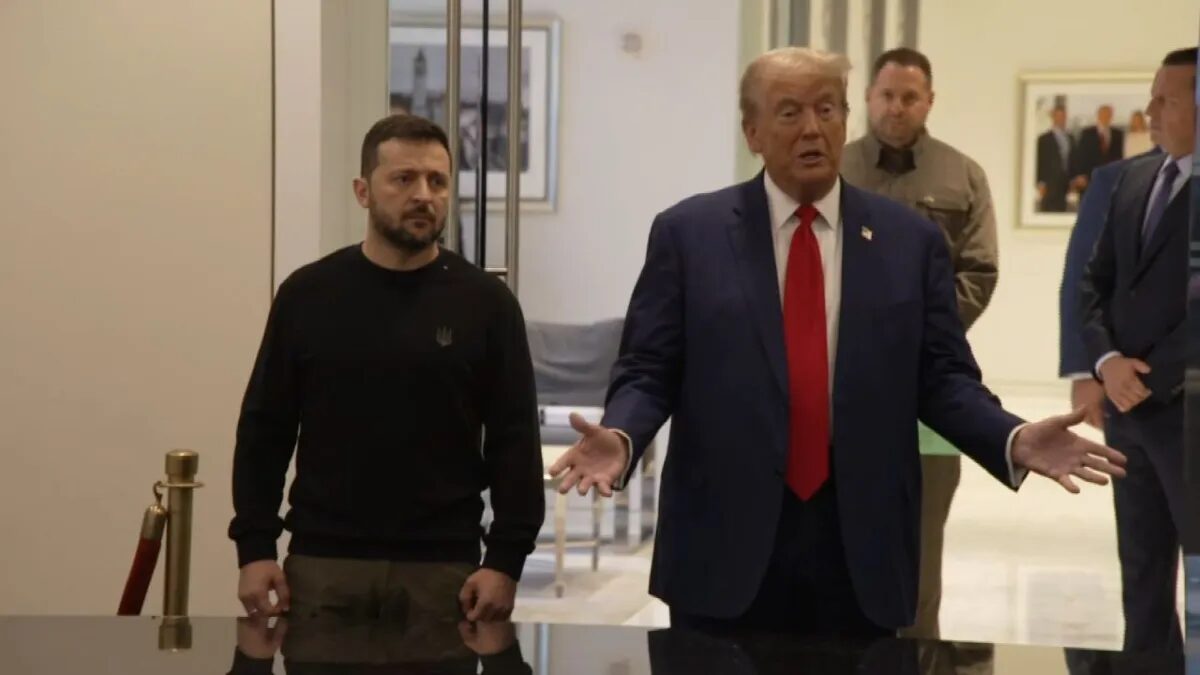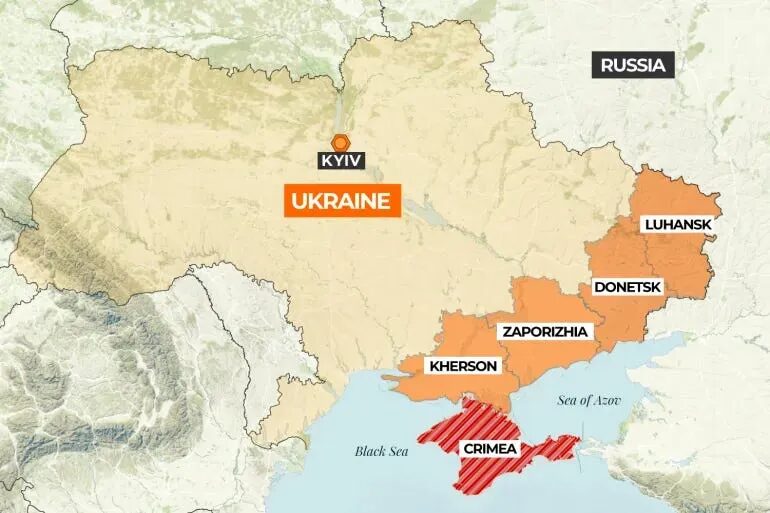6 mins read
Ukraine: Compromise or Collapse
The news from Ukraine’s front lines is grim.
6 mins read

Reports in growing numbers speculate or advocate on what the forthcoming Trump administration will do domestically and what policy approach it will have globally. There have been a number of comments, some of them coming from administration wannabes, on what President-elect Trump should do about Ukraine.
Trump promised during the campaign that he would end the war in Ukraine pretty quickly once he took office. He hinted he would do this by engaging Russian President Putin and Ukrainian President Zelensky. Beyond that we have a guessing game.
The wannabes are throwing around contradictory ideas. Some want a ceasefire deal. Others talk about a cordon sanitaire and having it enforced by the Europeans. Still others concede a need to “award” Russia and let it hold onto captured territory. And some say that part of a deal might be to stop Ukrainian NATO membership for a period of time, perhaps 20 years.
No one seems to have any idea what the Russians want, or so it seems.
Trump is a savvy negotiator. He will want to know what his opponent wants and he will try and find ways either to accommodate or to leverage him.
Russia has been fairly clear about some of what it wants, but not everything.
What follows is my understanding of Russia’s objectives in Ukraine. Explaining them does not mean that I agree with them. Nor does it mean that all are of equal importance to Russia’s leaders.
Russia will insist on keeping the territories that it has previously annexed. Various solutions – a ceasefire, a buffer zone or some kind of territorial freeze – will not satisfy Russia’s leaders. Russia will demand formal recognition of its earlier annexations and seek to establish firm borders for these territories. This means that any negotiation about the annexed territories is mostly a matter of maps.
It is important to note that not only Ukraine but also its NATO supporters will need to agree about the annexed territories. It is unlikely Russia would accept a deal strictly with Ukraine’s government, since governments can change.

There is some – but not much – room for maneuver about territory, such as for transit of people and goods, distribution of electrical power and oil and gas pipelines.
Another related issue is family reunification and various claims and counterclaims for destroyed property that have to be sorted out.
Russia will also want guarantees of Russian language and culture, as well as protection of the Russian Orthodox church, all of which are under attack by Ukraine. Russia has insisted that it entered the war to protect Russian people living in Ukraine. Given the importance of the Orthodox Church in Russia and its influence on Putin and others, Putin cannot walk away accepting a deal that leaves Russian-speakers unprotected and vulnerable, churches occupied by the enemy or people subject to other forms of official discrimination.

At the governmental level, Russia will want a more friendly government in Kyiv. What started this mess in the first place was turning a somewhat Russia-friendly Kyiv government into a Russia-enemy government, and replacing Russian trade and security ties with new EU and NATO arrangements.
It is doubtful that Russia will agree to Ukraine’s EU membership, and Moscow certainly will demand that NATO get out of Ukraine. Russia will want Ukraine largely demilitarized, probably by limiting the number of heavy armaments such as tanks, infantry fighting machines, artillery, drones (which the Russians may demand be removed altogether), and air defenses reduced or permitted only to cover certain areas.
Russia will be against any further deliveries of weapons to Ukraine and it will ask for all advisors and all mercenaries, including contractors, to quit the country.
Beyond Ukraine, Russia will ask for lifting all sanctions. In exchange Russia will facilitate Ukrainian trade and commerce.
There also are issues about the future of the Black Sea that could be included in a negotiation, and issues about long range weapons in some NATO countries and in Russia. The big issue is lowering the nuclear threshold. Whether this can be dealt with in connection with a Ukraine negotiation is not clear.
Russia, of course, will demand a resumption of economic cooperation and overall normalization of relations.
Trump will have to consider the Russian “wants.” It may be too much in one transaction, and Trump can expect serious resistance from the Zelensky government. Therefore, any successful deal would work better if it was accomplished in stages.
For Europe the big thing is to lower the potential threat profile that Europeans (and Americans) think Russia poses to European security. Europe fears that Russia, now with a big and experienced army, will launch attacks in the Baltic States, or against Poland or Romania.
Europe’s attempt to strengthen its defense capabilities is a long term process, and there is no assurance it will ever happen. As the collapse of the German coalition appears to demonstrate, some European countries lack resources to take care of their own defense, let alone fund Ukraine’s army and government.
Europe therefore would be better off if there was a Russia-Europe modus vivendi that came with non-intervention guarantees.
US objectives for the war have been unilateral: Russia has to leave Ukraine. That won’t be Trump’s position because he will understand that it is a non-starter, especially when the Russians are winning the war.
But Trump knows how to sweeten deals and the Russians will listen, to some extent, so perhaps he can work out arrangements that could lead to the end of the conflict.
One US objective that should be part of American thinking, but has not been, is to significantly reduce America’s NATO commitment. NATO has been expanding for some time now, and it is the expansion that risks war with Russia. Trump may be more than willing to trade with the Russians on NATO in exchange for less punitive demands on Ukraine.
Stephen Bryen is a former US deputy under secretary of defense and is a leading expert in security strategy and technology. This article originally appeared on his Substack, Weapons and Strategy. It is republished with permission.